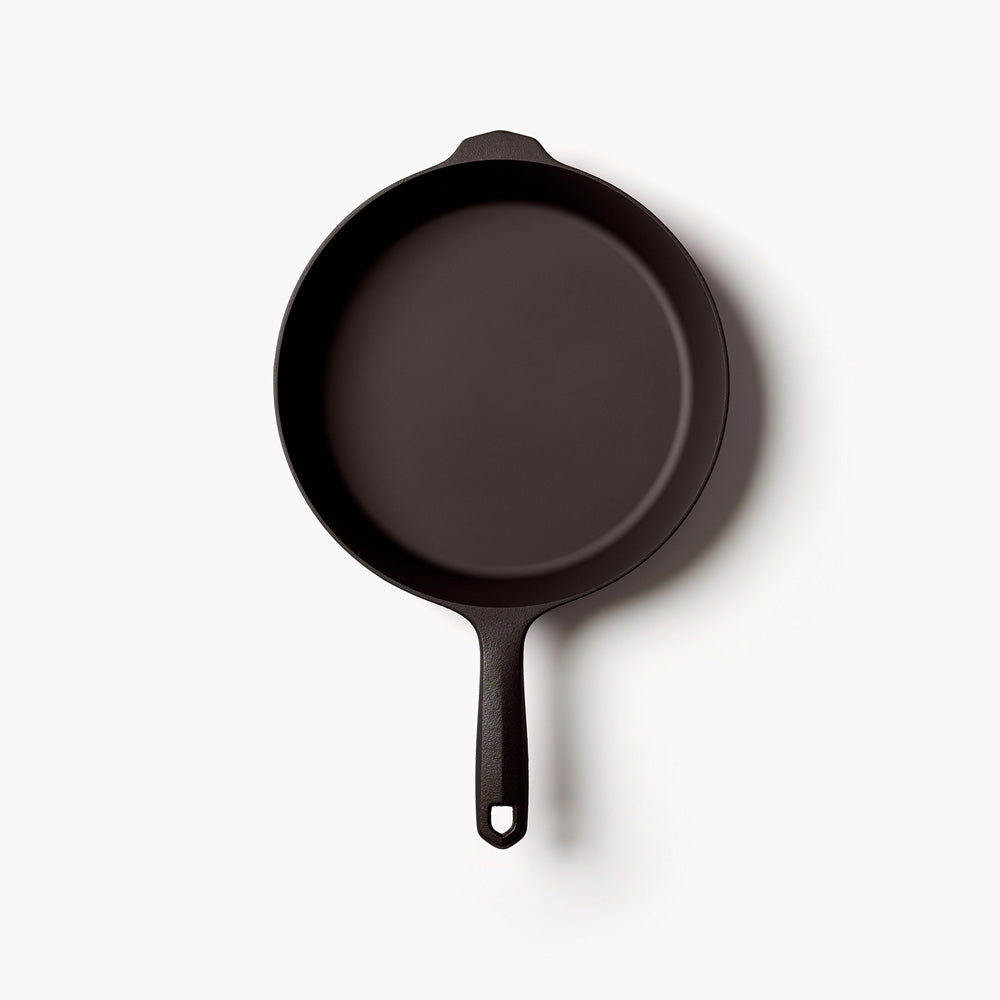What are y’all doing with the excess fat? I just cooked up some leftover steak fat and chicken thighs for my dogs. I did keep the excess per my wife’s instructions.
Use it like you would use regular cooking oil?
Use it like you would use regular cooking oil?






